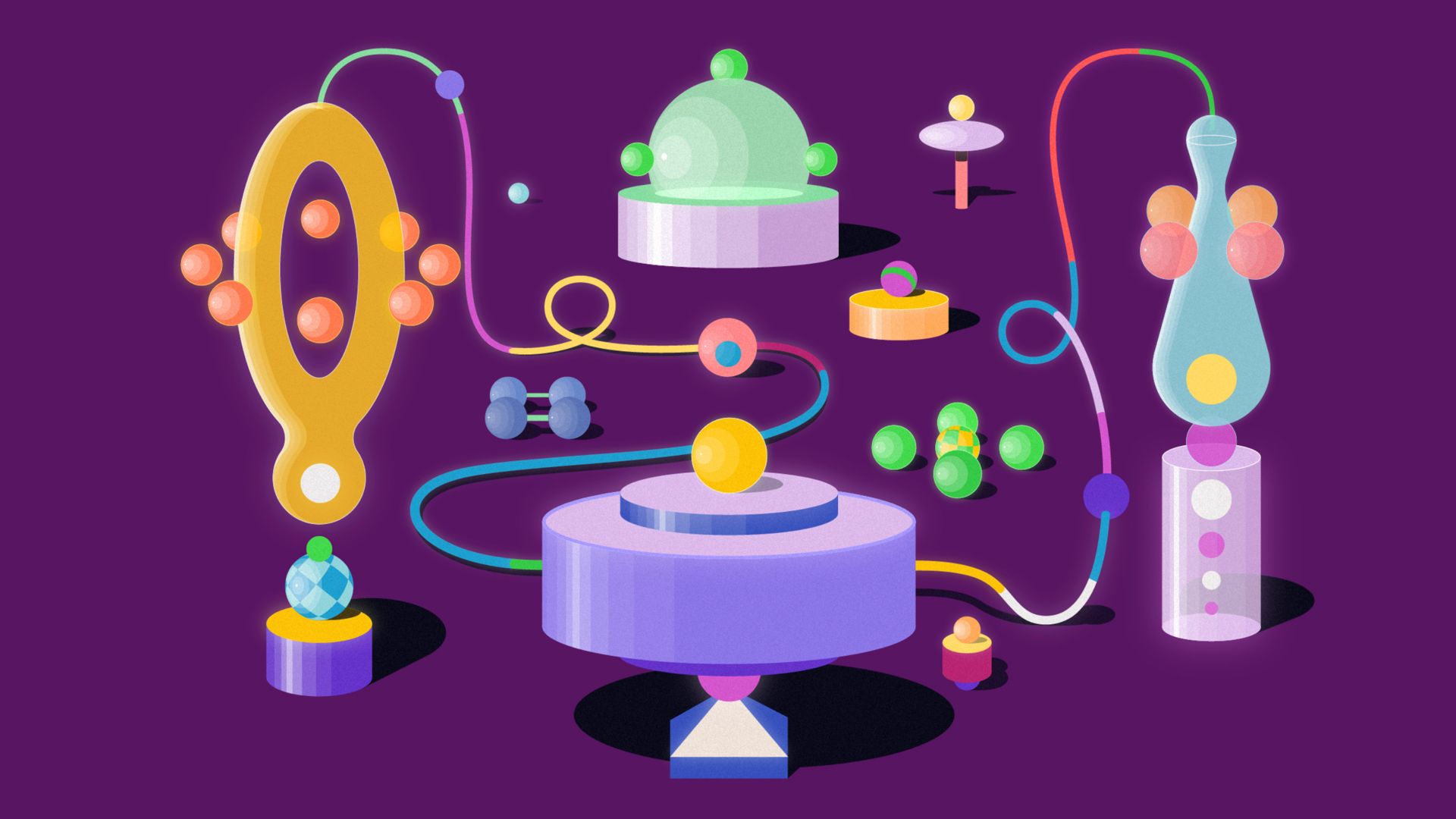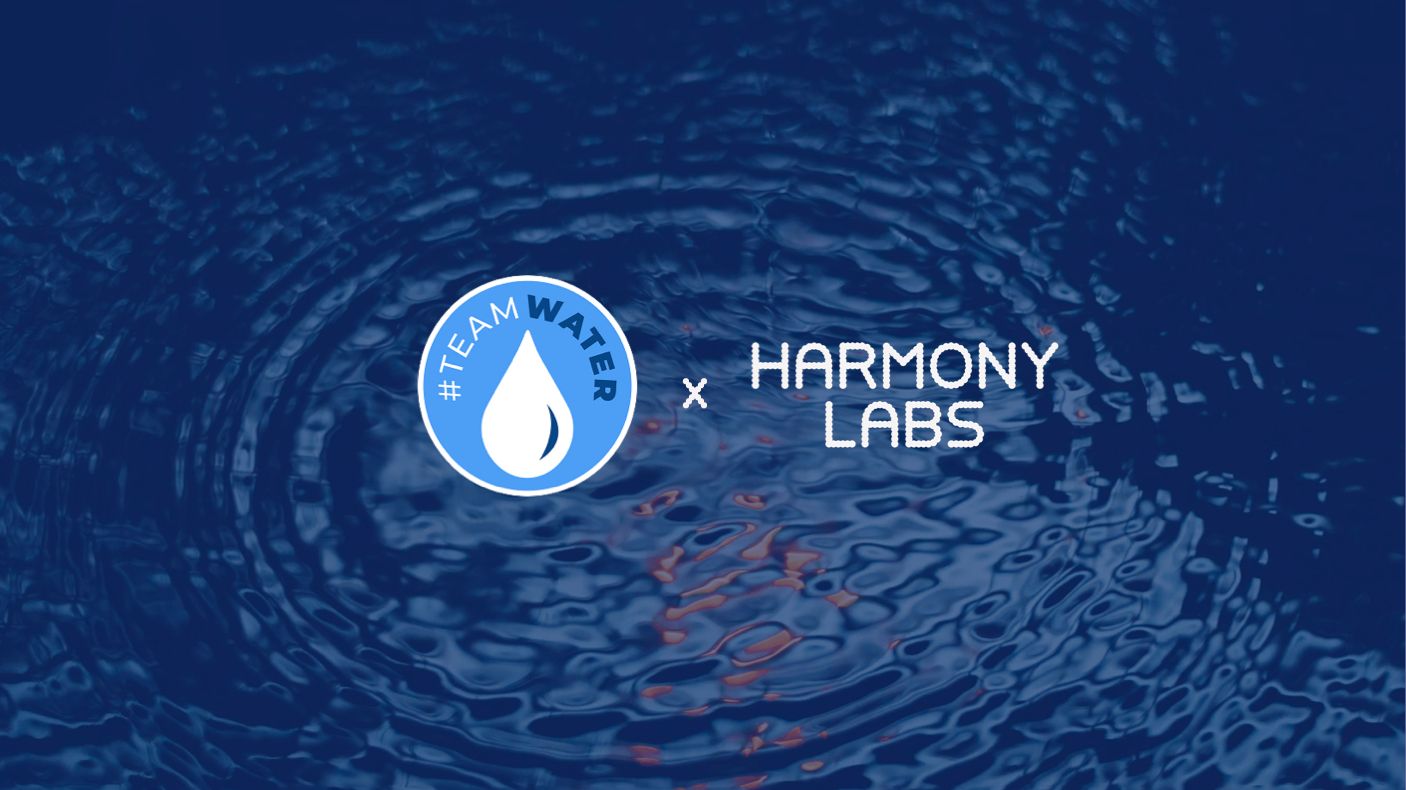Four Principles For Building Power in Media


2015-08-10
The Association for Psychological Science (APS) held its 27th annual convention in New York, May 21–24. Hundreds of presentations offered the latest insights moving psychological science forward. APS, and conferences like it, are a great way to connect researchers across different points of view within psychology. But the vision for connection across traditional boundaries took on a larger scope than ever.
Roberta Golinkoff and Kathryn Hirsh-Pasek, two of this year’s James McKeen Cattell Fellow Awardees, put it most clearly when they implored the audience to take their research “to the streets!” Appeals to connect to non-academic audiences, and concrete avenues for doing so, kept popping up throughout the long weekend.
Roberta Golinkoff and Kathryn Hirsh-Pasek at APS15
Why should residents of the ivory tower be concerned with what happens on the streets, much less fight to bring their hard-won results in front of untrained audiences? Drs. Golinkoff and Hirsh-Pasek gave several classic reasons: To put the knowledge gleaned from the lab to work solving problems and improving people’s lives; to make the outputs of science visible in the public; because work is often funded by public sources, and the public should benefit from their investment when it’s possible to do so directly.
In his invited talk, Dr. Robert Sellers centered his talk on why psychological science should (and must!) care about racial and ethnic diversity. The populations that typically compose psychology studies — those Western, Educated, Industrialized, Rich, and Democratic (WEIRD) student samples — do not represent the world. The scientific method is based on being objective, but acknowledges unique perspectives. Science benefits from a diversity of perspectives earned through formal training, but also from the life experience of working scientists.
The populations that typically compose psychology studies — those Western, Educated, Industrialized, Rich, and Democratic (WEIRD) student samples — do not represent the world.
In addition to scientists that reflect the population, other presenters addressed an interest research designs that reflect the real world (have higher ecological validity), especially for social interactions. In different talks and symposia, Ayelet Fishbach, Dave Amodio, and Valerie Purdie-Vaughns all discussed how social context has been neglected in social psychology research because of the overwhelmingly complexity of variables, data, and time constraints to hand-code all the content. They also addressed how this is changing: there’s more data about real world social interactions, better tools to capture it, and methods to help researchers handle big datasets and phenomena of interest.
We have more data than ever before about real world social interactions, better tools to capture it, and stronger methods to help researchers handle big datasets and phenomena of interes
Thankfully methods and opportunities to operationalize lofty goals emerged throughout in this year’s APS programming to provide guidance.
Researchers in Elizabeth Page-Gould’s lab offered one example in studies of media. Amanda Sharples studies the effect of media exposure on attitudes for outgroup members, and reflected on the challenges of relying on participants’ self-reported measures. Lab member Sabrina Thai is developing an open source app to help improve real-time collection of data — a sophisticated, convenient way to make experience diaries more accurate.

In symposia like “Diversifying methodological choices in the field of psychological science” and “Computational methods for linguistic insights into personality and behavior,” researchers advocated for using both inductive and deductive reasoning to process big data sets, natural language processing to extract meaning from text, and Bayesian (rather than frequentist) techniques to make causal inferences. Free tools like JASP, outfitted with a familiar, user-friendly interface and easy-to-interpret output, help adoption.
Interest in and acceptance of academic-corporate collaborations has risen in recent years.
The ability to capture and model social interactions using social media data is a new possibility that allows researchers to overcome some of the barriers of studying complex social interactions due to time and observability constraints.In discussing research into on 100MM+ gamers interactions and conversations, Jeremy “Lyte” Lin of Riot Games announced his company’s openness to proposals from academics. Indeed, there is increasing interest in and acceptance of academic-corporate collaborations.
HI offers a space for cross-pollination.
With our interdisciplinary staff and commitment to ‘real-world’ application Harmony Institute is in a unique position to respond to the challenges issued at APS. In addition to serving as a potential site of academic research and collaboration, HI offers an exploratory space where experts from fields as different as neuroscience and documentary filmmaking can connect, learn from one another, and and better understand the role of media in the human experience.



